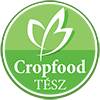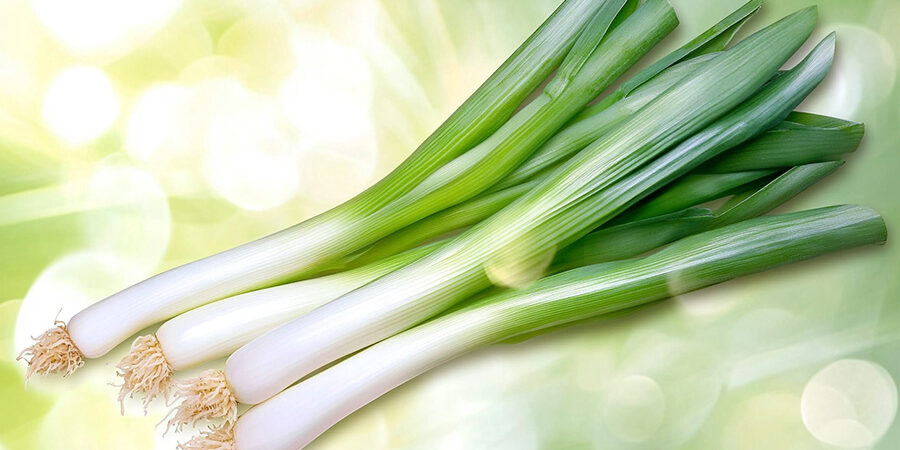With the support of our stable Hungarian producer base, this vegetable is always available in high quality in our wholesale assortment – ask us for an offer!
The leek (Allium ampeloprasum var. porrum) is one of the most ancient vegetables of the onion family, which has been known in Europe for a long time. Although its taste and smell are much milder than red onions or garlic, its characteristic, sweetish aroma is an excellent flavouring for a variety of soups, main courses or side dishes. It has been cultivated by the ancient Egyptians and Romans, and was even a favourite in the diets of soldiers, as it was believed to enhance tone and vitality.
Leeks are a rich source of vitamins and minerals: they contain significant amounts of vitamins C, K and B6, as well as iron, folic acid, manganese and antioxidants. In addition to its digestive fibre content, it has anti-inflammatory properties and is beneficial for the cardiovascular system. Its low calorie content makes it easy to include in diets.
In Europe, it is mainly popular in France, Belgium, the Netherlands and the United Kingdom. In particular, it is an important ingredient in French cuisine, for example as a main ingredient in the famous “vichyssoise” cream soup. Economically, it is in stable demand all year round thanks to its storability and versatility.
Specificities of leek production
Leeks are cold-tolerant plants that grow best in cooler, temperate climates. It is typically grown outdoors and is less commonly grown in glasshouses, although sheltered conditions are sometimes used for early seedling production.
The leek season in our country lasts from July until late autumn and even into the winter months. The harvested crop stays fresh for a long time in cool conditions, so it is available on the market all year round. The best quality leeks of Hungarian origin are usually available in shops between August and December. During the rest of the year, it is usually imported, mainly from the Netherlands, Belgium and France.
Leeks are also grown in Hungary, mainly by small family farms and nurseries supplying the domestic market.
How to choose good quality leeks?
When choosing leeks, it is important to consider a few simple but useful points:
- The stem should be straight, firm, firm to the touch, not soft or slimy.
- The colour should be bright: the white part should be clear and bright, the green part fresh and dark green.
- Avoid specimens with yellowed, wilted or dried leaf tips.
- The thicker the leek, the stronger the flavour, while thinner stems are milder and often sweeter.
How to use leeks in the kitchen?
Leeks are a real jolly joker in the kitchen. Its mild yet distinctive aroma is a perfect match:
- in cream soups (e.g. leek and potato soup)
- in egg dishes (omelettes, quiches)
- in casseroles, vegetable pasta, vegetable dishes
- as a steamed side dish, fried in butter or olive oil
- in vegetable leaves
It is important to wash it thoroughly before use, as dust or soil often gets stuck between the layers. The white and light green parts are the most flavoursome, but the dark green leaves can also be used in soups and stocks.
How do we store leeks?
Leeks can keep their freshness for a long time if stored properly:
- In the fridge, in a vegetable crisper, it will keep for up to 1-2 weeks, especially if wrapped in plastic wrap or placed in an airtight bag.
- Do not wash before storage, as moisture promotes rotting.
- It can also be stored cut up and frozen, so it’s always handy for cooking and frying.
Interesting facts about leeks
- The leek is the national symbol of Wales and Welsh soldiers still pin it on their hats on St David’s Day.
- The ancient Egyptians also attributed magical properties to it and it was often placed in tombs.
- It was known not only as a food, but also as a natural healer: it was believed to have antiseptic, immune-boosting and blood-purifying effects.
- The Latin name for leeks, “porrum”, has left its mark in several European languages – for example, the French “poireau” or the Italian “porro”.
Tips for using leeks in the kitchen
- After slicing, soak in cold water for 5 minutes to make sure the dirt is washed out of the layers.
- For a cream soup, sauté the onions in butter first to get a fuller flavour.
- The woodier, green leaves make an excellent base stock, which can also be frozen for later use.
- Try it grilled: cut in half lengthways and drizzled with olive oil, it makes a special side dish.
- Use it as a filling for pies and tarts, combined with other vegetables or cheese for a very harmonious flavour.


